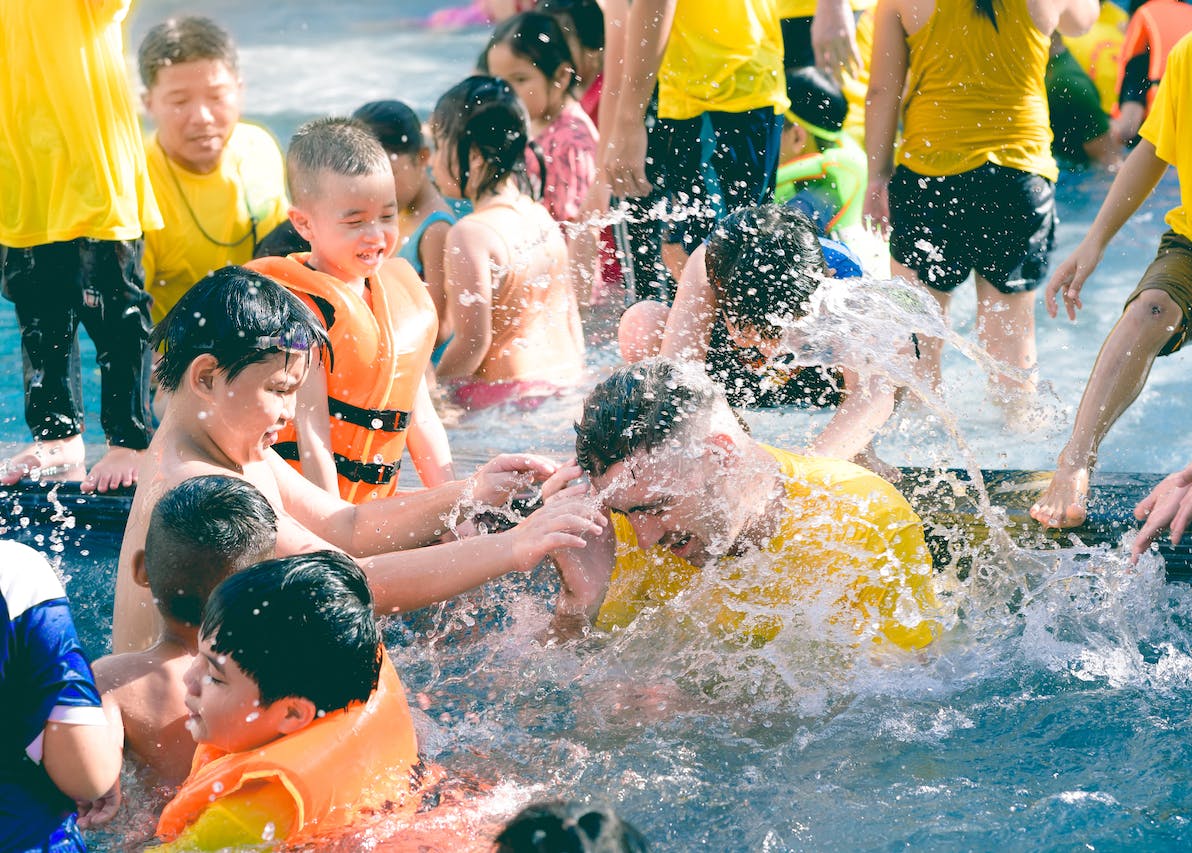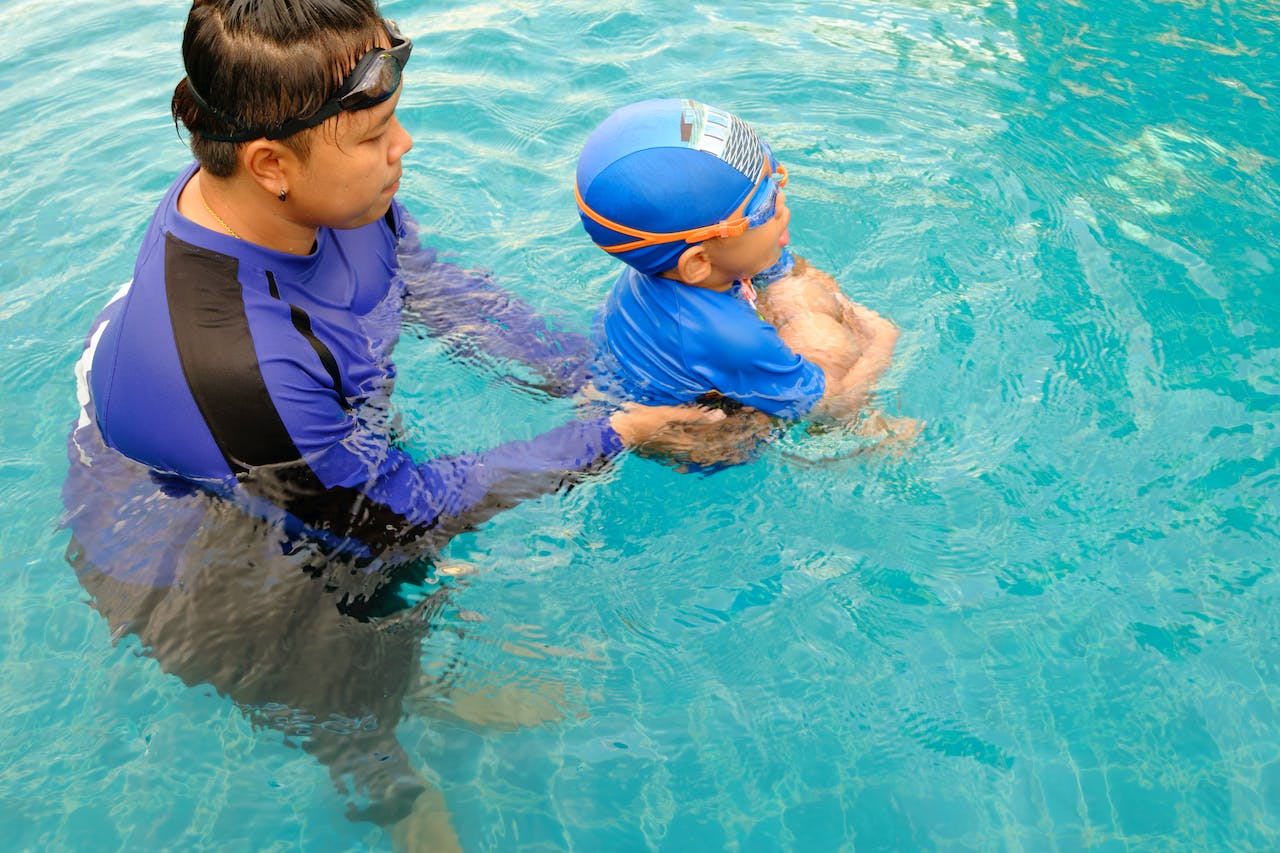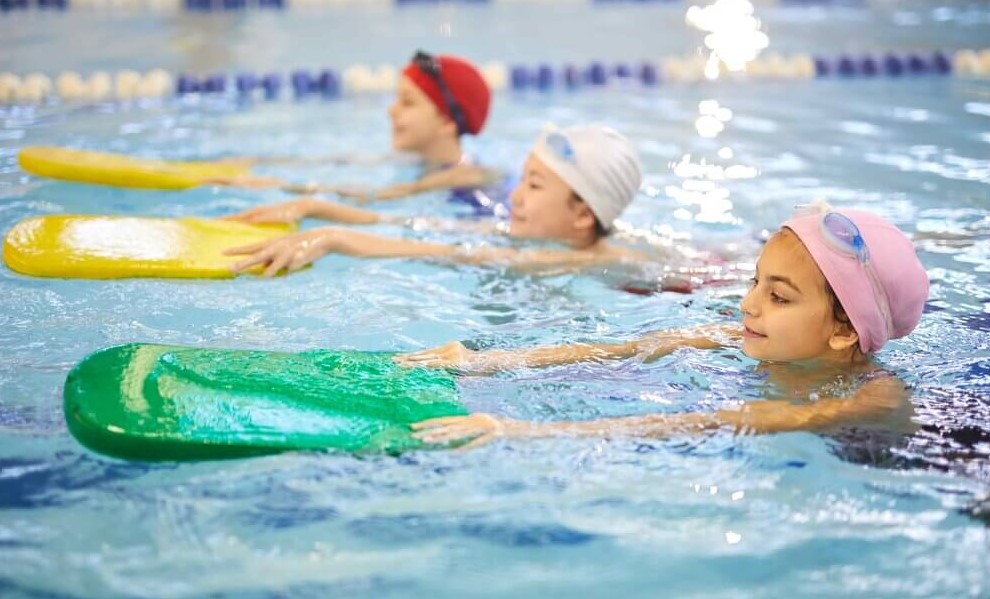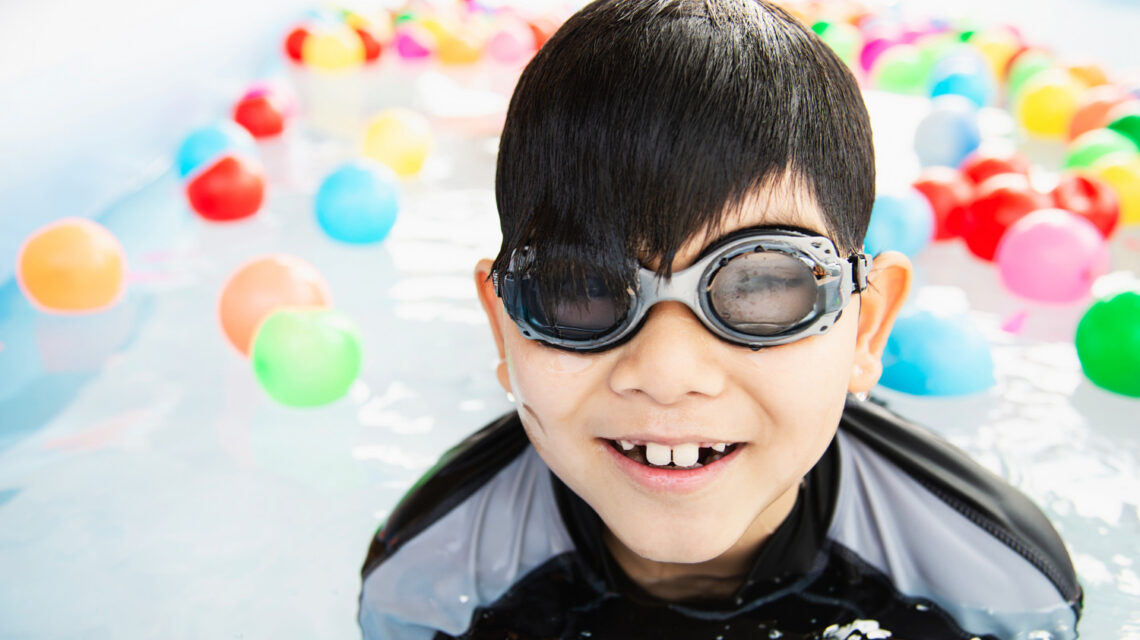Introduction
While Applied Behavior Analysis (ABA), occupational therapy, and speech therapy are widely recognized interventions for children with autism, hydrotherapy, or aquatic physiotherapy, is emerging as a promising avenue for holistic well-being. This water-based therapeutic approach, rooted in the buoyancy, pressure, and flow of water, has shown remarkable benefits for children with Autism Spectrum Disorder (ASD). From enhancing motor functions and sensory regulation to fostering social skills, hydrotherapy offers a unique therapeutic environment. Let’s dive into the pool of understanding to explore the myriad advantages that hydrotherapy brings to children with ASD.
Motor Functions, Strength, and Coordination
Hydrotherapy utilizes the properties of water to offer postural support, alleviate weight, and encourage muscle relaxation. The buoyancy and flow facilitate the performance of gross motor skills, improving coordination as children coordinate their movements to navigate in the water. Submersion in water offers resistance without adding stress, contributing to muscle strength development. In addition to its physical benefits, hydrotherapy incorporates oral motor skills training, seamlessly aligning with the objectives of speech therapy.

While others may be in a constant race against fellow swimmers, I make a conscious effort to focus solely on my performance and how I want to approach and swim my races.
Katie Ledecky
Sensory Regulation
The hydrostatic pressure of water addresses sensory needs in children with ASD, offering a calming effect and reducing sensory over-stimulation. Similar to the comforting embrace of a weighted blanket, hydrotherapy creates a serene environment, mitigating stereotypical movements or stimming behaviors. Studies show increased responsiveness to stimuli and heightened concentration among participants engaged in hydrotherapy.

Hydrotherapy for children Improve Social Skills
Hydrotherapy necessitates close collaboration between children and instructors or peers, fostering social engagement. Enhanced communication, attention, and imitation skills are observed, contributing to improved self-regulation. The shared aquatic experience encourages interaction, boosting social skills that extend beyond the pool. Studies reviewed that meta-analysis highlight increased socialization and self-regulation among individuals with ASD engaged in hydrotherapy.

Conclusion
Hydrotherapy, a therapeutic voyage into the soothing depths of warm water, emerges as a valuable intervention for children with ASD. Beyond its physical benefits, hydrotherapy addresses sensory challenges and nurtures social development, creating a holistic approach to well-being. As the therapeutic ripples spread through the water, the unique properties of hydrotherapy offer a refreshing alternative in the spectrum of interventions for children with autism. The potential of hydrotherapy to enhance motor skills, regulate sensory experiences, and foster social connections underscores its significance in promoting the overall development and quality of life for children with ASD.
Source
- Kielhofner, G., & Fisher, A. (2013). Research in Occupational Therapy: Methods of Inquiry for Enhancing Practice. F.A. Davis Company.
- White, S. W., Oswald, D., Ollendick, T., & Scahill, L. (2009). Anxiety in children and adolescents with autism spectrum disorders. Clinical Psychology Review, 29(3), 216-229.
- Fernandez, A., & Jaquez, M. (2018). Effects of aquatic therapy on joint flexibility and balance of children with autism spectrum disorder. International Journal of Aquatic Research and Education, 12(3).
- Silva, L. M., Schalock, M., Ayres, R., Bunse, C., & Budden, S. (2015). Qigong massage treatment for sensory and self-regulation problems in young children with autism: A randomized controlled trial. American Journal of Occupational Therapy, 69(1), 6901290020p1-6901290020p8.
- Cho, H. H., & Blair, K. P. (2017). The effect of aquatic therapy on functional mobility of infants and toddlers in early intervention. Pediatric Physical Therapy, 29(4), 320-326.
- Mastropieri, M. A., & Scruggs, T. E. (2010). The inclusive classroom: Strategies for effective differentiated instruction. Pearson College Division.
- Wainer, A. L., Ingersoll, B. R., & Hopwood, C. J. (2011). The structure and nature of the broader autism phenotype in a non-clinical sample. Journal of Psychopathology and Behavioral Assessment, 33(4), 459-469.







